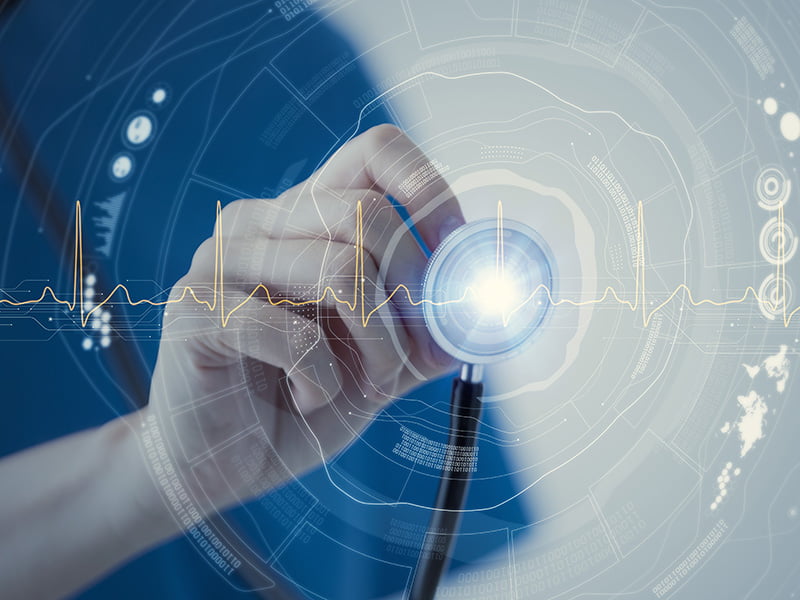Hospitals could save up to $5.4 billion a year by making better use of electronic medical records, including the My Health Record if the government fixes “important gaps”, according to the Productivity Commission.
Improving the use of electronic medical records would generate savings by shortening hospital stays for patients. It could also generate a further $355 million in savings by avoiding duplicated medical tests.
The insights were included in a Productivity Commission (PC) research paper on leveraging digital technology in healthcare, released on Tuesday evening.
Other digital technologies like telehealth, remote care services and artificial intelligence could also automate 30 per cent of tasks currently done by healthcare workers.

Around 90 per cent of GPs exclusively use digital records with uptake growing at hospitals, but there remains “substantial benefits” to be accrued from increasing the use of “clinical decision support software and other analytical tools to reduce the risk of errors and enhance workflows”.
PC commissioner Catherine de Fontenay said that Australia has “made major strides integrating digital technology into healthcare but there are still a lot of potential savings and efficiency gains on the table that governments can help unlock”.
“Despite major investment in the My Health Record system, patient data is still fragmented and spread across different digital systems maintained by individual healthcare providers,” she said.
While the federal government has spent around $2 billion on My Health Record, a centralised patient health information system run by the Australian Digital Health Agency intended to facilitate information sharing, “it continues to be plagued by incomplete records and poor usability”.
The PC is urging the government to store My Health Record data directly on the platform rather than as a ‘shoe box of PDFs’. This would increase the searchability of individual pieces of medical information, saving clinicians from needing to “open and read several separate documents”.
The PC is also argues that “sharpening incentives for software providers to make information sharing across systems more seamless would help improve MHR’s coverage”.
A number of state and territory initiatives have also been developed, resulting in “an uncoordinated, and in some cases, disconnected information management and sharing landscape”.
As initiatives to improve connection across the many health information systems get going, the PC notes that “better data also lays the foundation for other digital health applications, such as remote care and AI”.
The government think tank also warned that there is a “gap between what is technically possible and what health service providers and consumers are comfortable using” due to uncertainty around the effectiveness of the regulation of AI risk.
While the Therapeutic Goods Administration already has a risk-based framework for regulating AI tools used by clinicians, the PC said its coverage “is not comprehensive and the level of regulatory oversight largely depends on how active the clinician is in the decision-making process”.
“An AI tool that analyses information against clinical standards and makes a recommendation is typically exempt. AI that generates new output to inform decision-making, where that output cannot be easily verified, is typically regulated,” the report reads.
The PC believes “consideration could be given to revisiting the exemption criteria and expanding the regulatory coverage of the TGA to provide greater scrutiny and oversight of AI tools used to support clinical decision-making”.
“AI could free up a lot of time and resources for clinicians that can be used to provide care for patients. Governments need to ensure our regulatory guardrails build trust in AI technology so our healthcare system can maximise the potential benefits,” Ms de Fontenay said.
Do you know more? Contact James Riley via Email.

